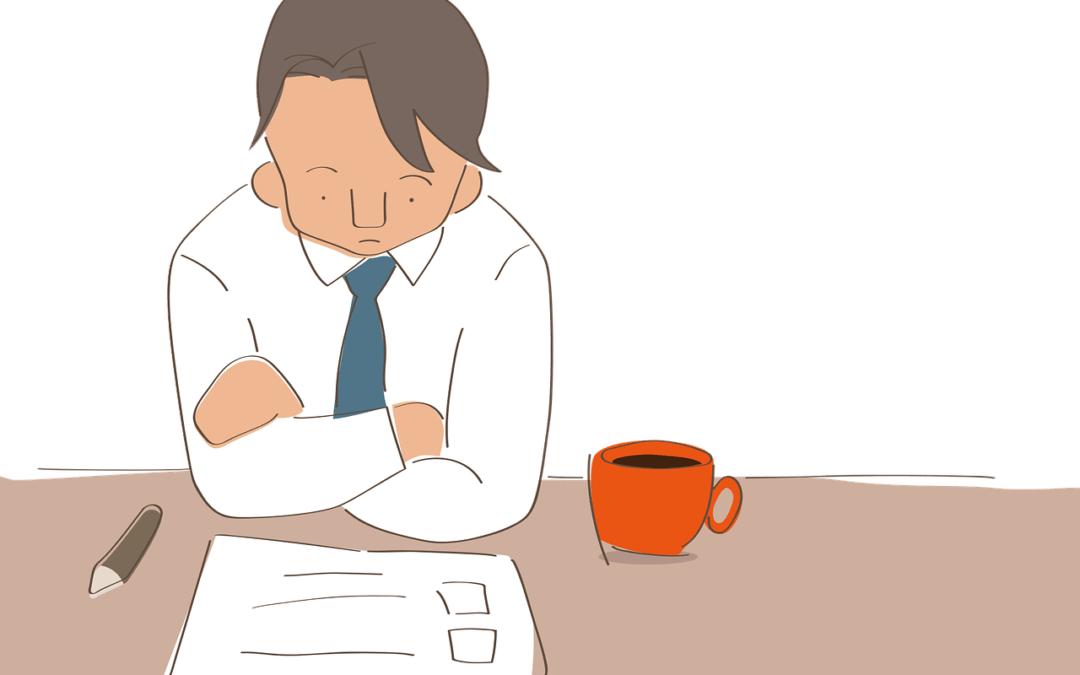A home inspection is a vital part of the home ownership process. Unfortunately, it can feel like a daunting and expensive task. Many home seekers contemplate saving the cost of an inspection and either conducting one themselves or simply risking it. However, the best way to save yourself the trouble and long term home repair costs is to get the home inspection done. Understanding the process of the home inspection, and how you can be involved, can put into perspective just how valuable the inspection is. We’ve made a checklist of what you can look for before hiring a home inspector, and what the home inspector will check.
When you first see the home:
The first few times you visit your home of interest, there are lots of things you look at yourself to ensure the house is in good condition. Having your own checklist can also help you communicate better with your home inspector, and bring your concerns to the professional’s attention. Here’s what to look for.
Yard and driveway
First, take a look at any yards or driveways. Is there extensive damage, such as tree roots coming up through the concrete? Will the yard and driveway require maintenance? Heavy damage in these areas can also indicate possible damage to plumbing or electrical systems, so they are worth noting to ask your home inspector about.
Exterior
Next, assess the exterior of the house. Is the siding in good condition? Is there any glaring damage, such as rotting of the doorways or window frames or panes? If there are decks, do they look well maintained?
Walls and appliances
Once inside the house, pay attention to the walls and appliances. Giving a quick test of kitchen and bathroom appliances can indicate whether there are any problems with the plumbing or electrical systems. But more importantly for you, you can assess whether the house will require renovating or replacements.
Home inspector’s checklist
The purpose of your “personal” home inspection is not to replace the professional inspection. It is to get a feel for improvements/renovations/issues the home inspector might find. It also gives you the opportunity to express any concerns, and ensure you get the answers you want from the home inspector. This is what the inspector will for.
Physical structures
The inspector will do an in-depth analysis of the physical structures of the house, such as the siding, roof, ceiling, windows and doors. They can tell signs of leaking, damage and rotting that need to be addressed.
Plumbing and HVAC systems
Home inspectors will also check your plumbing and HVAC systems. These include you heating, air conditioning, and ventilation.
Electrical systems
While home inspectors do not check behind the walls of your house, they assess that the house is properly and safely wired. Old houses are prone to having poor electrical systems, so this an important step.
This checklist can give you peace of mind when assessing a home, and help you understand the home inspection process more deeply. If you think that you’re ready to seriously consider one of your properties, be sure to contact a local kelowna home inspector to get a professional assessment done. Once your home inspection is complete, the inspector will also give you a comprehensive report on what was inspected and their findings.


Recent Comments